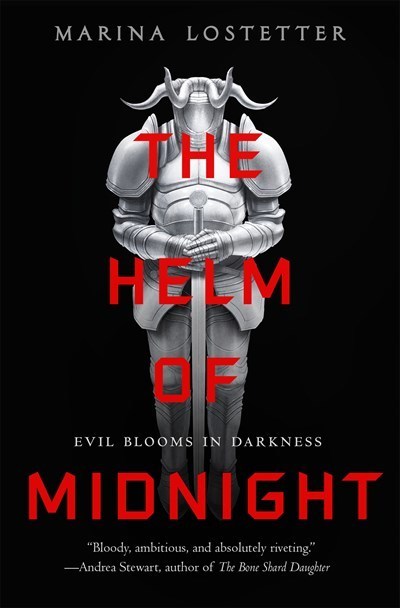Readers will be riveted by powerful world building and deep characterization for the entirety of Rebecca Roanhorse’s Black Sun. Right from the start, the story is on the clock. The Convergence, an alignment of Sun, Moon and Earth, approaches, and Serapio, a boy from a far-off land, brings magic and doom with him to his mother’s homeland of Tova.
As the characters make their way toward Tova for the Convergence, the narrative perspective shifts constantly between Serapio, the Sun Priestess Naranpa and a sea witch of sorts named Xiala. While there are a few twists and turns to the plot, Roanhorse paints her story in broad, easy-to-follow strokes, the action serving almost as backdrop upon which to paint her world and to enrich her characters.
As perspectives change, so do the rhythm and meter of the text, matching the mannerisms and personality of each character. When Xiala is guiding the narrative, her brash, blunt nature creates shorter, more direct sentences. People characterized by Xiala are often summarized by their physical characteristics first, their emotional resonance second. This shift in narrative tone and theme is most notable when Serapio is in the hot seat. Blind, brooding and by far the most powerful character, Serapio offers a perspective that often clashes with others’ views of him and his surroundings. This attention to detail in character voice creates an engaging story that keeps the reader in the moment through shifting narrative lenses.
The world of Black Sun is well built and clearly inspired by the Pre-Columbian Americas. Roanhorse has constructed a world of multiple regions and religions, intertwined by their roots, culture and money (cocoa, in the Mayan fashion) but split by their beliefs. Each character has a different perspective on the story’s events; a relational diagram displaying where the characters agree, disagree and agree-but-do-not-quite-know-it would have to be three-dimensional and incorporate multiple referencing lines, mirroring their real-life relationships. Roanhorse’s humanization of Black Sun’s characters creates genuine connection for the reader, even with the Sun Priestess, despite any lack of sun-star divination skills the reader might have.
Also, this book has extremely cool magic. Crows eat people, the sun goes dark, and the ocean sings with its children—wild forces of creation running rampant on small to massive scales. (There’s something incredible about reading “THE SUN WENT DARK.” It paints a remarkable picture.) Truly, the fact that this review has only now gotten to this aspect of Roanhorse’s fantasy world demonstrates Black Sun’s multifaceted appeal.
Black Sun has one drawback: It is clearly the start of a series, and ends like it. Readers looking for an open-and-shut story will not find it here. As referenced before, the story is a set piece for the characters to interact with the setting and each other, but there is plenty of fascinating interplay and world building to keep readers engaged and entertained from start to finish.


















